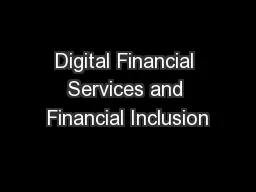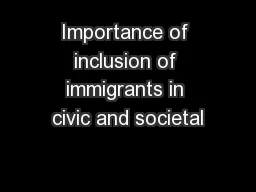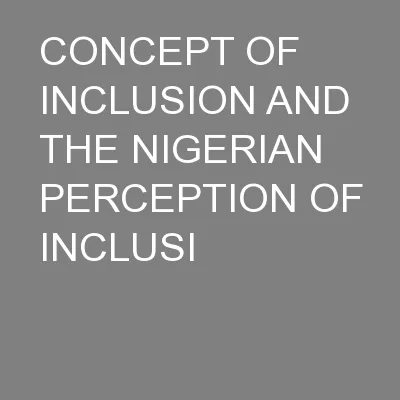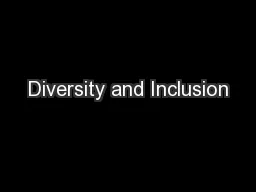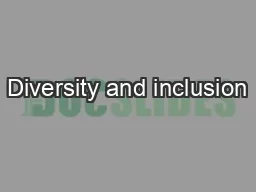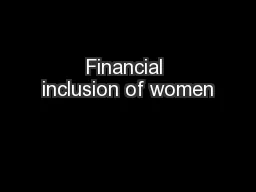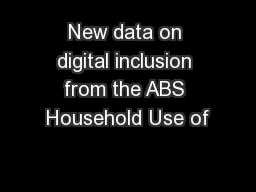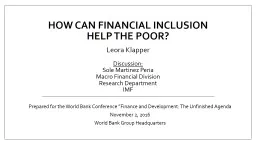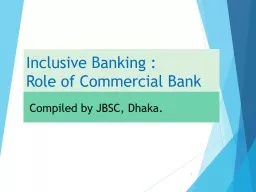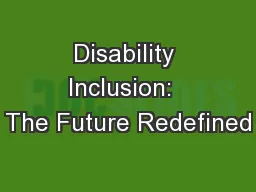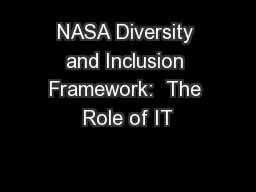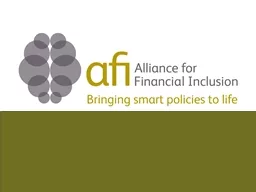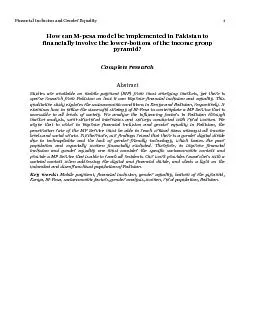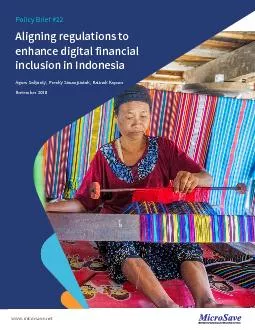PPT-Digital Financial Services and Financial Inclusion
Author : luanne-stotts | Published Date : 2015-12-11
by PARAMESWARAN N Principal Advisor Telecom Regulatory Authority of India TRAI Access to banking services Status 1448 m households use banking services in India
Presentation Embed Code
Download Presentation
Download Presentation The PPT/PDF document "Digital Financial Services and Financial..." is the property of its rightful owner. Permission is granted to download and print the materials on this website for personal, non-commercial use only, and to display it on your personal computer provided you do not modify the materials and that you retain all copyright notices contained in the materials. By downloading content from our website, you accept the terms of this agreement.
Digital Financial Services and Financial Inclusion: Transcript
Download Rules Of Document
"Digital Financial Services and Financial Inclusion"The content belongs to its owner. You may download and print it for personal use, without modification, and keep all copyright notices. By downloading, you agree to these terms.
Related Documents

